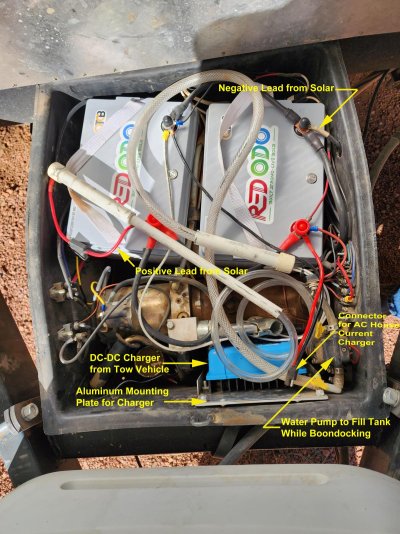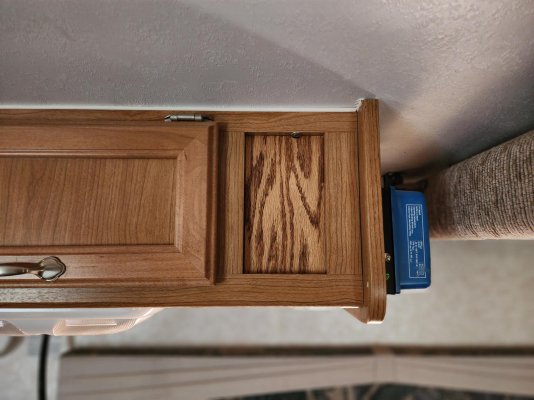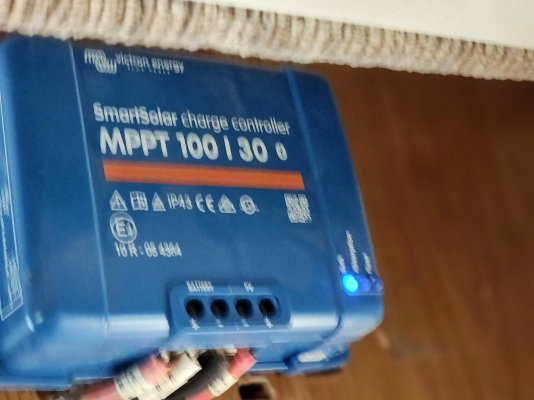Most of you long-time members will recall that I have been a staunch nay-sayer regarding use of Lithium batteries in our trailers due to the high cost and my doubt that you could recover that outlay and beat what you would have paid for lead-acid batteries over the same projected lifetime.
Well, I recently had a change of mind, due to the drop in cost of many of these new battery designs, a change in chemistry (LiFePO4 vs Li-ion), and a reduction in size of the batteries, allowing me to install two of them in the same space that I had for two Group 24 lead-acid batteries. Also, the new converter that I installed has a switch that allows it to charge LiFePO4 batteries correctly.
But, just so you know, this is NOT just a simple, drop-in, PnP replacement! You DO have to set up the correct charging process for these batteries. It is different than the algorithm used for lead-acid batteries. The new converter I installed does that, but at a minimum, you need to install a DC-DC converter so that the tow vehicle's alternator will not be damaged.
I didn't take pictures of the installation, but am posting pictures of the finished system in this thread, as well as my thoughts on why I chose the components I used.
I'll show this in the next post.
Well, I recently had a change of mind, due to the drop in cost of many of these new battery designs, a change in chemistry (LiFePO4 vs Li-ion), and a reduction in size of the batteries, allowing me to install two of them in the same space that I had for two Group 24 lead-acid batteries. Also, the new converter that I installed has a switch that allows it to charge LiFePO4 batteries correctly.
But, just so you know, this is NOT just a simple, drop-in, PnP replacement! You DO have to set up the correct charging process for these batteries. It is different than the algorithm used for lead-acid batteries. The new converter I installed does that, but at a minimum, you need to install a DC-DC converter so that the tow vehicle's alternator will not be damaged.
I didn't take pictures of the installation, but am posting pictures of the finished system in this thread, as well as my thoughts on why I chose the components I used.
I'll show this in the next post.




